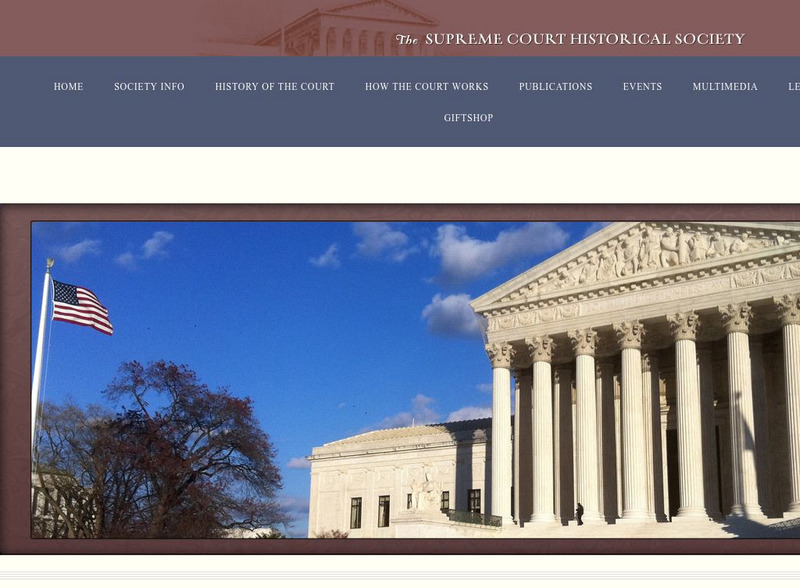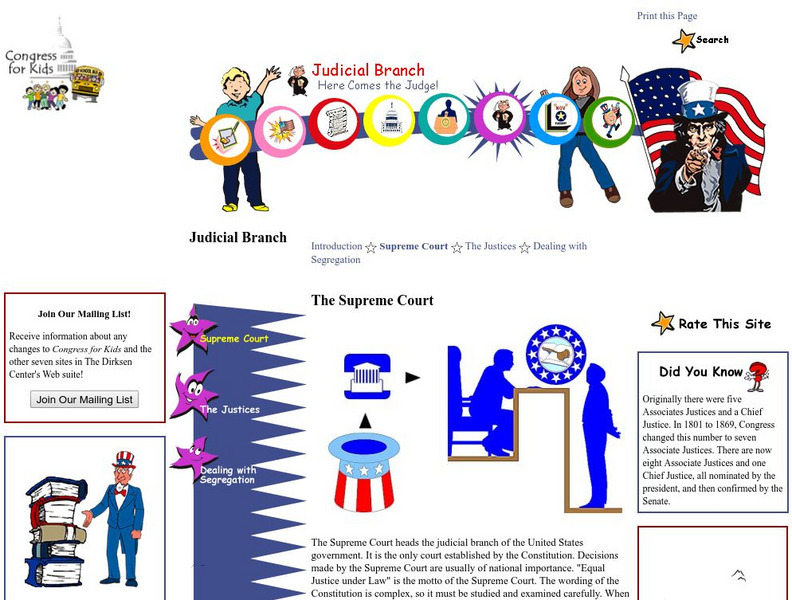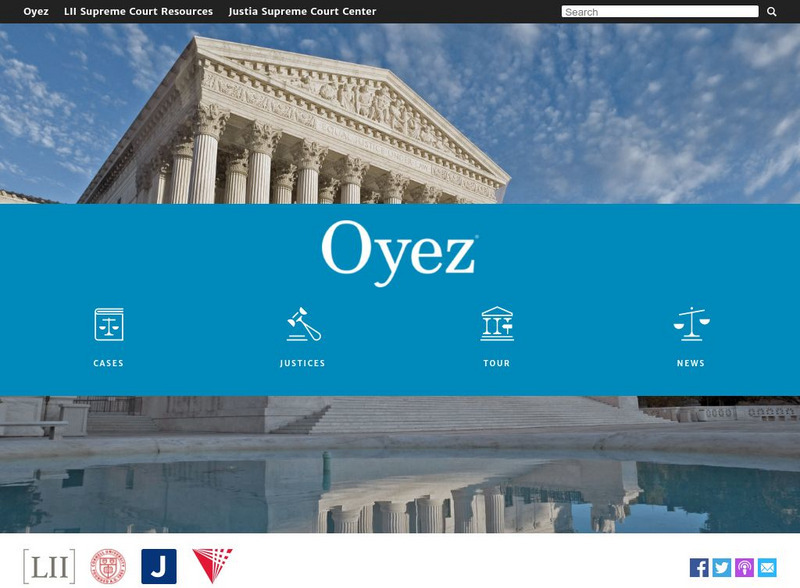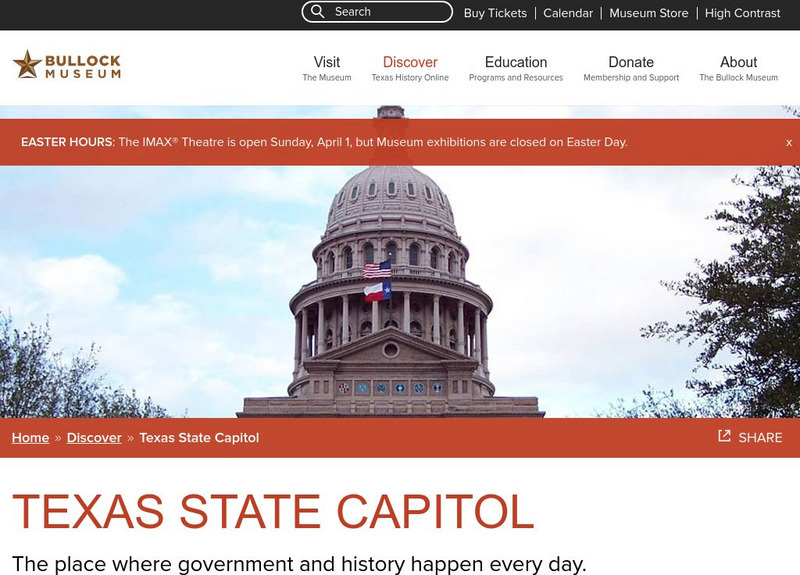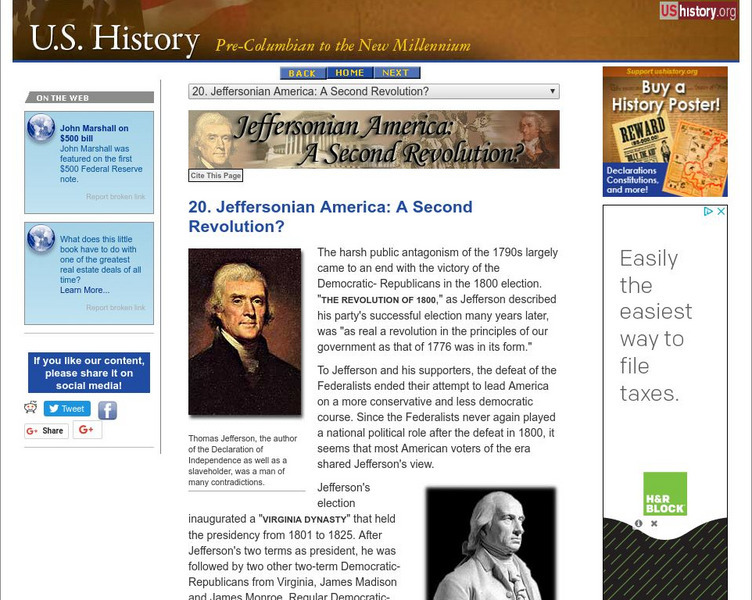Curated OER
Constitutional Issues: Separation of Powers
Students discribe the principle and the history of separation of powers.
Curated OER
We're Finally on our Own: May 4, 1970
Students examine photos of the Kent State University unrest of the 1970's and discuss what the photos represent. They complete a written assessment.
Curated OER
Ban on Same-Sex Marriage: Does it Violate 'Due Process' and 'Equal Protection'?
Students examine due process and equal protection. In this current events lesson, students read the provided article, "Due Process and Equal Protection for Gays and Lesbians." Students respond to the provided discussion questions and...
Curated OER
Separate is Not Equal
Middle schoolers use political cartoons and editorials to study Brown v. Board of Education. In this Brown v. Board of Education instructional activity, students read the background information on eight cartoons and editorials for a...
Curated OER
Limits of Power
Middle schoolers examine the importance of limiting power in governments. In this government lesson, students investigate the importance of placing limits on government by looking at the US Constitution. They look at ways that being an...
Curated OER
Ira Ritter, Et Al., V. Jerry And Ruth Stanton Lesson 2: What Does a Jury Do Anyway?
Students investigate how a jury is chosen, and what the rights and responsibilities of juries are. They examine case studies to determine the role of the jury in both criminal and civil cases.
Curated OER
Interpreting Primary Sources: Letters
For this primary source analysis worksheet, young scholars examine letters and respond to 8 short answer questions regarding their content.
Curated OER
3 Branches of Governement
Sixth graders use the "Making the Grade" books, citizenship packets, and the "Ben's Guide" website to create a poster and a report on their assigned government branch. They then present their poster and report to their classmates.
Curated OER
Friday Forum (Day 5)
Students evaluate their performance in different debates about the laws of Michigan. They write a letter to an editor of a newspaper sharing their opinions. They write journal entries as well.
Curated OER
Dear Congressperson...
Young scholars identify their local, state, and national officials. They create a short blurb about each official and their function in office. Students choose an issue of concern they would like to write to their local official about,...
Curated OER
A Delicate Balance
Students reflect on racial balance in their own schools, debate merits of policies that seek to create and maintain school racial diversity, and write essays on whether their school should promote racial balance.
Other
Kids.gov: How the Supreme Court Works
Students will visualize how the Supreme Court works using the following downloadable infographic. Also included is an explanation of how cases reach the Supreme Court and lesson plans.
CommonLit
Common Lit: American Justice in the Supreme Court
The Supreme Court is the highest court of the United States. It was set up by our Constitution to make important decisions about the law. This article describes how the Supreme Court works, and its impact on American justice. It also...
Other
The Supreme Court Historical Society
Beautiful site that illustrates the history and heritage of the Supreme Court. In addition, site provides information on how the Court works, the Justices, and its opinions.
Social Studies for Kids
Social Studies for Kids: The Supreme Court
The Supreme Court is the highest in the land. It has nine members and decides whether laws are unconstitutional. It handles appeals from federal courts or state supreme courts. Learn more about how it works and some famous Justices.
A&E Television
History.com: 7 Things You Might Not Know About the Us Supreme Court
Find out seven surprising facts about how the nation's highest court works and how it's changed over the years.
The Dirksen Congressional Center
Congress for Kids: The Supreme Court
An overview of the Supreme Court: how it works, its role, people appointed to it, and more.
Illinois Institute of Technology
Oyez Project
The OYEZ Project is a vast multimedia relational database on the U.S. Supreme Court that contains abstracts for all leading constitutional decisions of the Court, authoritative oral arguments in streamed media format, and a 360-degree...
OpenStax
Open Stax: Franklin Roosevelt and the New Deal 1932 1941: The Second New Deal
Examines the legislation enacted under Roosevelt's Second New Deal, and how the New Deal as a whole affected women, African Americans, and Native Americans.
Bullock Texas State History Museum
Bullock Museum: Texas State Capitol
Take a virtual tour of the State Capitol of Texas to discover how the state government works and to learn about the history of Texas.
US Department of Justice
Us Department of Justice: Justice 101: Federal Court System
Find out what the three levels of the federal court system are and how they work.
CNN
Cnn: Gop Sets Up Showdown Over Alito
Some democrats in the Senate are discussing strategies for halting the confirmation of Samuel Alito for the U.S. Supreme Court. Read about the controversy and battle that is brewing in the Senate in this January, 2006, report. there is...
Independence Hall Association
U.s. History: Jeffersonian America: A Second Revolution?
Read about the peaceful "revolution" that occurred in the election of 1800 when the party in power, the Federalists, was defeated in a democratic election by the Democratic-Republicans. See how this showed that the ideals of the new...
CommonLit
Common Lit: Text Sets: Modern Democracy in America
This is a collection of 19 Grade-Leveled texts (6-12) on the topic Modern Democracy in America. How does democracy function in modern-day America? Learn how a bill becomes a law, the role of American presidents, and much more in this...












